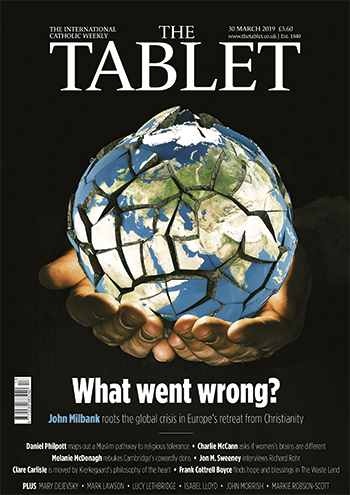Modern research is uncovering a rich canon of composition by women behind the closed doors of medieval convents. There, nuns were free to express their emotions through the glory of polyphony, which would in turn, and mostly uncited, influence Monteverdi and many other baroque masters
The women’s voices weave around one another, evoking a strength that is both individual and collective. It’s rich, powerful music, and as you listen you begin to understand why it was deemed – by one bishop at least – too dangerous to be allowed to continue, and was banned.
The year was 1539. The prelate was the Bishop of Verona, and the singers in question were people the Catholic Church has both consistently undervalued, and always instinctively recognised as a dangerous force: nuns. Women’s lives in sixteenth-century Italy were extremely limited, and convents gave them their best chance of autonomy and freedom. One of the most potent ways in which that was manifested was through music: and though much of the nuns’ output has been buried for hundreds of years, it is finally being unearthed and performed for a twenty-first-century audience.
This month sees a landmark concert in London of music from convents across the hundreds of years of the Renaissance; its directors hope it will inspire a new generation of women musicians, and also that they might find convents willing to take on, and perform again, the tunes that are their birthright.



